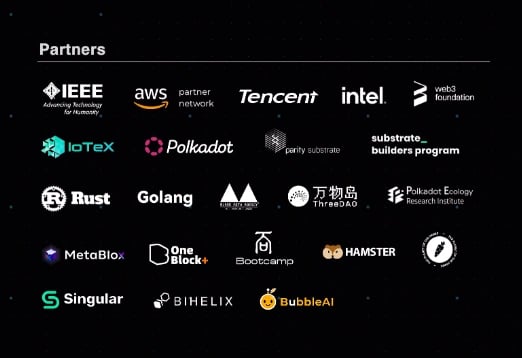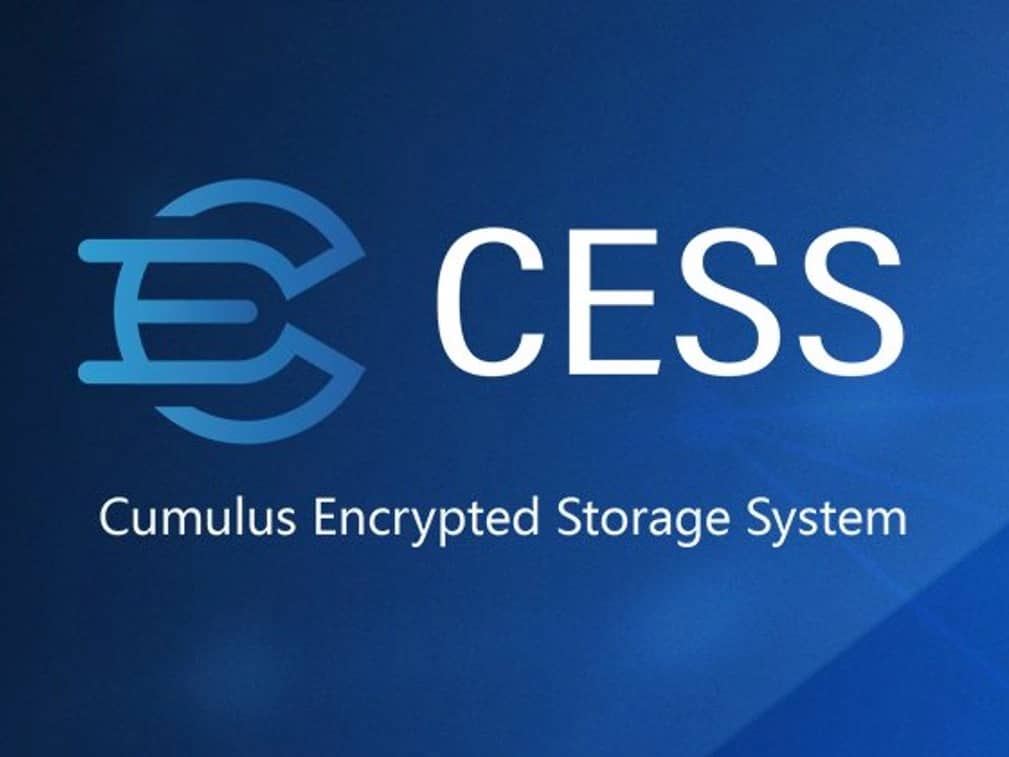订阅 wiki
Share wiki
Bookmark
CESS Network
CESS Network
CESS 网络是一个去中心化数据基础设施,具有原生内容交付和分发网络 (CD²N) 功能。它旨在为 Web3 应用程序提供可扩展且高效的高频动态数据存储和检索,满足 Web2 和 Web3 业务的大规模存储需求。 [1][2]
概述
CESS 作为一个公共区块链网络运行,该网络将分布式存储能力与高速内容交付网络相结合。其主要目标是重塑数据资产的价值分配和流通,同时确保数据主权和用户隐私。该项目旨在为存储和检索高频动态数据提供最佳的 Web3 解决方案,支持从去中心化文件存储到 AI 模型训练的各种用例。 [1]
“我们的愿景是创建一个安全、透明和高吞吐量的去中心化数据价值网络。CESS 作为一个具有分布式存储能力和高速 CD²N 的公共区块链网络运行,通过 web3 协议促进 AI 进步。” - CESS 网络愿景声明[1]
主要特点
CESS 网络通过将参与者的存储资源汇集到一个统一的网络中,提供强大的去中心化存储解决方案。这通过去中心化共识机制确保数据的真实性、完整性和安全性。 [4]
此外,其内容去中心化交付网络 (CD²N) 能够在去中心化环境中实现毫秒级访问热数据。CESS 还提供自定义数据权限,使用代理重加密技术允许在授权方之间安全地共享数据,而无需暴露数据的内容。 [4]
为了合规性和安全性,它提供基于位置的存储选择,确保数据保留在特定边界内,并解决国家安全问题。该网络进一步实施基于云的灾难恢复系统,使用数据重复和恢复证明 (PoDR²) 机制来防止数据丢失并确保数据完整性。最后,CESS 通过促进来自多个来源的数据进行联邦学习以进行 AI 模型训练,同时保持隐私,从而支持 AI 驱动的解决方案。 [4]
技术
数据重复和恢复证明 (PoDR²)
这通过数据冗余和随机挑战机制确保数据安全性、完整性和可用性。 [5]
空闲空间证明 (PoIS)
通过在堆叠二分扩展器有向无环图中生成空闲文件来验证可用存储空间,并通过随机挑战进行验证。存储节点还可以将其存储贡献交换为激励。 [5]
代理重加密技术 (PReT)
支持数据共享、流通和所有权转移,而不会损害隐私。用户数据也在存储节点内的可信执行环境 (TEE) 中进行处理和访问。 [5]
随机轮换选择 (R²S)
一种共识机制,其中验证者根据节点分数轮换,表现最佳者成为下一轮的验证者。利用可验证随机函数 (VRF) 进行 区块 生产。 [6]
多层网络架构
结合区块链、存储和内容交付层,创建一个全面的去中心化数据基础设施。 [7]
系统架构
CESS 协议套件包括一个区块链服务层、分布式存储资源层和分布式内容交付层。 [7]
CESS 区块链为整个 CESS 网络提供区块链服务,包括鼓励未使用的存储资源和计算资源加入 CESS 网络,为应用层提供数据存储、数据权利确认和其他服务。 [7]
分布式存储资源层使用虚拟化技术来实现存储资源的集成和池化。该基础设施由存储容量矿工和存储调度矿工组成。 [7]
分布式内容交付层利用内容缓存技术来确保存储数据的快速分发,该过程涉及数据索引矿工和数据交付矿工。 [7]
区块链架构
区块链层进一步分为五层:激励层、共识层、网络层、数据层和基础设施层。 [8]
CESS 代币分配
CESS 代币通过多种机制分配。具有可用存储容量的存储矿工可以加入网络并赚取与其带宽和存储贡献成比例的代币。 [8]
对于共识挖矿,具有合格计算资源的矿工可以质押 CESS 代币以运行候选共识节点。如果被 CESS 的随机共识机制选为值班验证者之一,这些节点将获得奖励。 [8]
社区治理也发挥着关键作用,开发人员、社区成员和合作伙伴可以在链上提交资金提案。这些提案经过投票过程,一旦达到法定人数,相应的提案就会颁布,并颁发奖励。 [8]
CESS 社区通过去中心化自治组织 (DAO) 治理结构透明地管理社区发展基金 (CDF)。最后,所有与激励相关的活动,包括代币分配,都通过智能合约执行,确保基金分配的公平性和透明度。 [8]
产品
DeOSS
DeOSS(去中心化对象存储服务)是一种去中心化、基于对象、低成本、安全、敏捷且可扩展的分布式海量存储服务,适用于 web3 行业。企业和个人都可以使用 DeOSS 来存储、管理和保护数据,例如 NFT 图像和视频、dAPP、用户数据、DeFi 程序等。 [9]
DeOSS 利用基于区块链技术的在线空闲存储资源来构建庞大的分布式存储网络。 [9]
DeOSS 的使命是将数据所有权和利益权还给数据生产者,而不是中心化平台。DeOSS 遵循 Apache 2.0 开源协议,允许您随时随地部署它,并使用它来自由访问分布式存储在世界各地的文件。[9]
DeOSS 可供 dApp、NFT、Web3 开发人员、SocialFi 开发人员以及具有大规模数据存储需求的用户使用。 [9]
用例
CESS 支持各种应用程序,包括为企业和个人提供的个性化云存储,以及用于经济高效的数据管理和 AI 使用的许可数据湖 (DeOSS)。它支持网站托管、真实世界资产 (RWA) 的链上验证,并保护 AI 生成内容 (AIGC) 的所有权。CESS 还通过其去中心化市场促进数据货币化,为第 1 层和第 2 层区块链提供链下存储,支持 Web3 游戏的防篡改存储,并为去中心化流媒体提供安全地全球共享大型文件。
成就
- 政府区块链协会和区块链协会的成员
- 提出了第一个去中心化存储 IEEE 标准 - P3233 《基于区块链的去中心化存储协议规范标准》
- Web3.0 标准化协会(香港)的正式成员
- 荣获三项 Web3 基金会资助
- 完成 Substrate Builders 计划
- 2021 年冬季 Polkadot 黑客马拉松第一名[3]
合作伙伴

发现错误了吗?
